Vinegar vs baking soda — which is best at cleaning?
Stuck between using vinegar and baking soda to clean? Here’s the answer
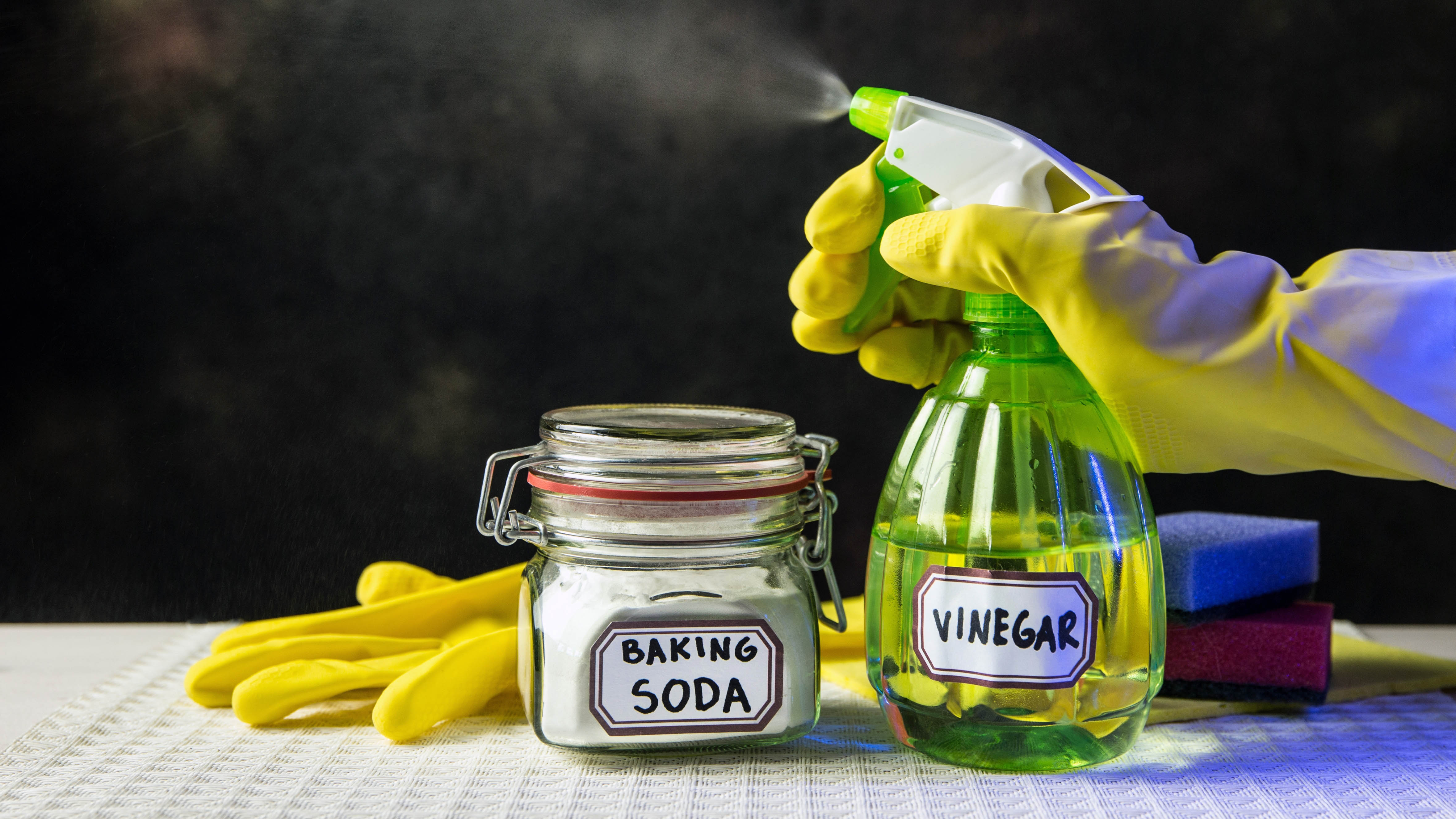
When it comes to cleaning our homes, we break out all kinds of products to deal with our chores. From window cleaners, to drain unblockers, to bleach, a range of chemicals follows us around. But, as we become more aware of the environmental impact of these products, natural cleaners are growing in popularity too — two of the most highly regarded being distilled white vinegar and baking soda.
But, have you ever stopped to wonder which is the better cleaner between these two? Both are versatile to say the least, but which is the superior when it comes to our weekly chores? Here, we break down the strengths and weaknesses of each of these natural cleaners, looking where they excel around the home, as well as drawbacks to their use. So you’ll know which of these products to keep stocked at all times.
Strengths of cleaning with vinegar

1. Good at removing limescale — First of all, distilled white vinegar is a huge asset when it comes to limescale removal. This is because its acidic nature will dissolve and break down the limescale on contact, particularly with prolonged contact. This makes vinegar particularly useful in the bathroom. For instance, it’s a key ingredient in our guide on how to clean a glass shower door. But this characteristic makes it applicable all over the home, from faucets to toilets.
2. Great for cleaning appliances — Because vinegar is so effective at removing limescale, it comes in use for cleaning our large appliances as well. When used to clean washing machines and dishwashers, vinegar can work its magic in the pipes and drains, reaching limescale we didn’t even know was there. You don’t need to worry about your machine smelling like vinegar once it’s finished rinsing either. Vinegar comes in use when learning how to descale a kettle too.
3. Excellent at cleaning windows — Want streak-free windows? Vinegar can help here. Its acidity will cut through any dirt on the glass, as well as watermarks from the outside, and it will leave a streakless appearance once polished. You just need to dilute equal parts of distilled white vinegar with water in a spray bottle, and rinse and polish after application. For full guidance, see how to clean windows. The same solution works on mirrors too.
4. Effective fabric softener and stain remover — Vinegar comes in more uses than one in your laundry room. It’s an effective substitute for fabric softener — in fact, fabric softener is bad news for you and your washing machine, so we recommend switching out. But, never combine vinegar with bleach because it releases a lethal chlorine gas. Vinegar is a natural stain remover as well; simply apply it to the stain and let it sit for 10-30 minutes before washing.
5. No chemicals required — Distilled white vinegar is a natural, non-toxic cleaner, which is a definite plus point. Its acidity will cut through grime and treat your stains, but without releasing any of the harmful chemicals found in manufactured cleaners — some of which won’t break down for a long time, leading to extensive environmental damage.
Get instant access to breaking news, the hottest reviews, great deals and helpful tips.
6. It’s cheap and widely available — Some of the latest cleaners can cost a hefty sum. The good news is that vinegar is affordable and widely available. So you never need to worry about running short.
Weaknesses of cleaning with vinegar
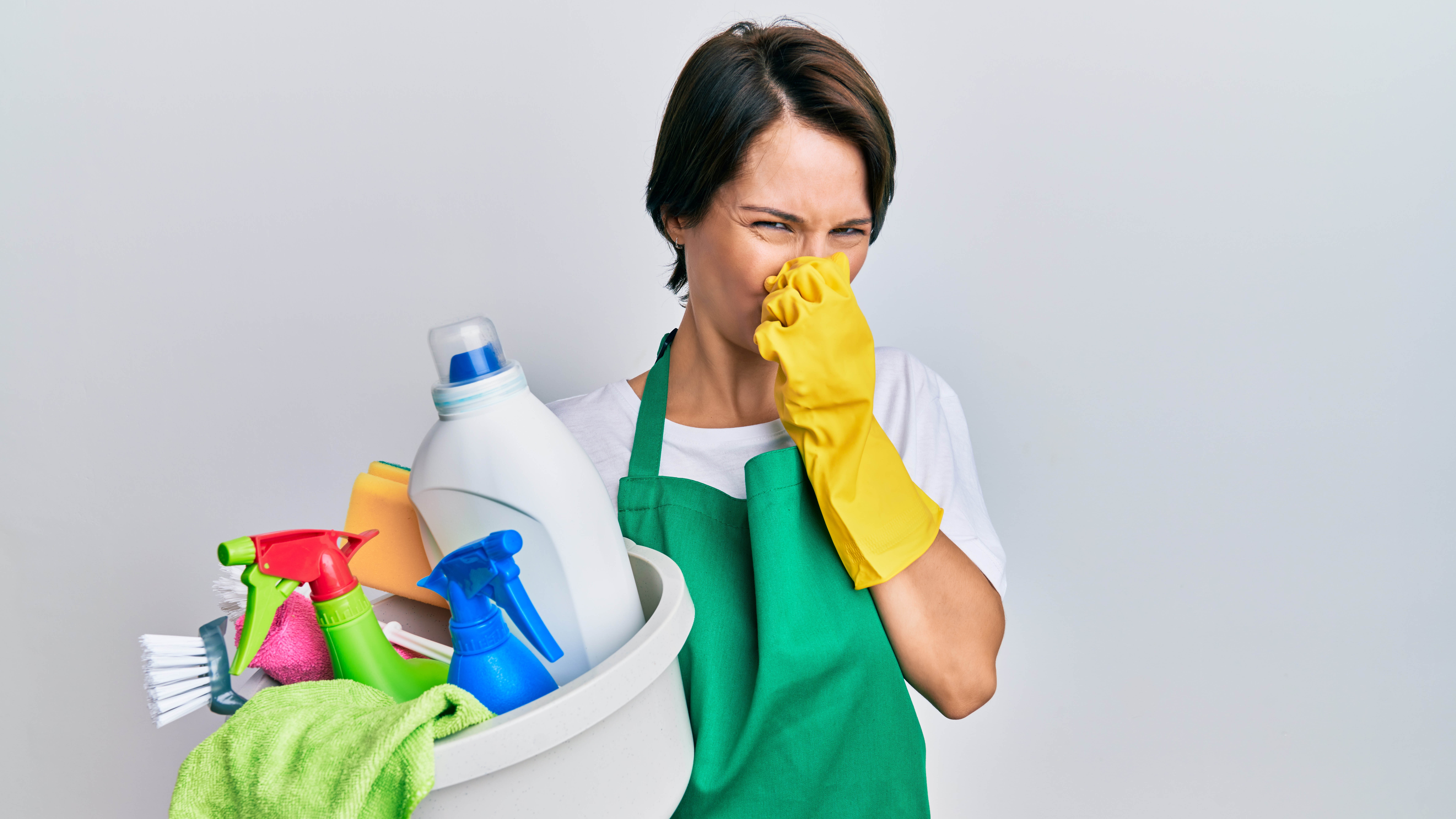
1. Leaves behind a strong smell — There’s no doubt about it, vinegar does smell. So you need to be prepared for your home to smell briefly after cleaning with it. It’s why we recommend opening windows and doors to vent the space as you clean. It’s also one reason why you should use distilled white vinegar and not malt vinegar; there’s quite a difference in the smell. Though you can mask the smell somewhat by adding essential oils to the mix. See how to clean with vinegar without the smell for more details.
2. Needs elbow grease to work — Vinegar doesn’t contain the toxic chemicals found in most cleaning products, so it’s naturally not as strong as some cleaners. It might require prolonged exposure to make an impact, or added elbow grease. Repeated applications may be necessary to remove stubborn residue. It’s best used for light everyday cleaning, so we recommend cleaning little and often with vinegar to keep on top of stains instead.
3. There are things you shouldn’t clean — Vinegar unfortunately isn’t the answer to every cleaning problem. Its acidity is strong enough that it can do damage to sensitive surfaces, including marble and granite, hardwood floors and waxed furniture. So you need to take care where you apply it. For a full list of places to avoid using vinegar, see 7 things you should never clean with white vinegar.
Strengths of cleaning with baking soda
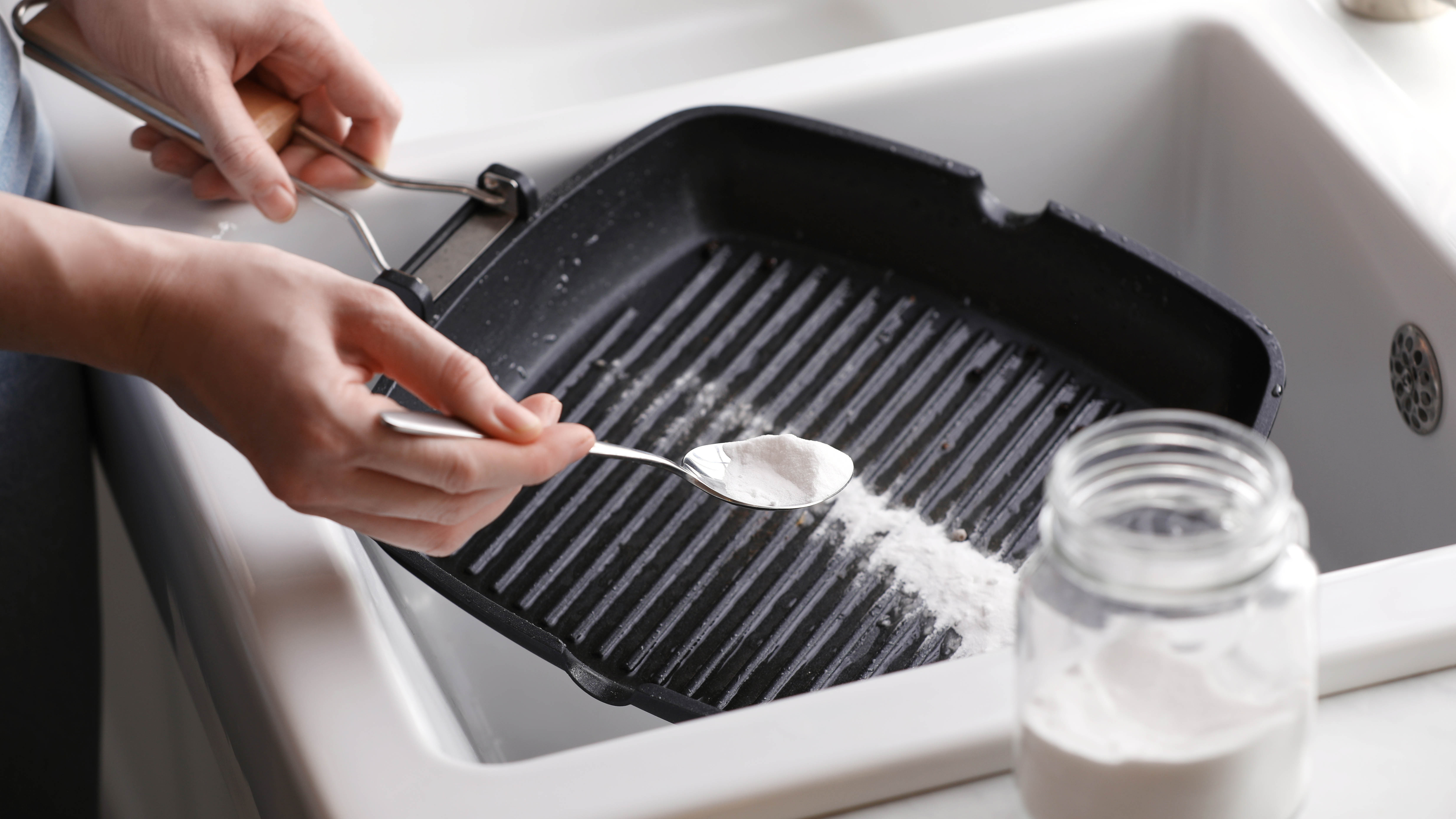
1. Great for deodorizing — If you’re dealing with a smelly space, be it a wardrobe, microwave or car, baking soda is the ultimate tool for deodorizing. Simply fill a bowl with baking soda, leave it in the offending area, and 24 hours later it will have made an impact. This is because this powder absorbs odor molecules over time.
2. Forms an effective cleaning paste — Baking soda forms an effective cleaning paste when combined with water. As a mild alkali, it will work its way through grease and grime, especially when given time to sit and penetrate the stain. For instance, it can be used to remove the burned-on stains from the underside of cast iron skillets. We were generally surprised by the results when we tried this for ourselves. Such an effective paste can have its uses all over the home.
3. Abrasive nature — Baking soda has an abrasive nature as you clean with it. This means it can effectively shift stubborn residue as you scrub, making it useful for removing stains from hardy surfaces, such as grouting as well as pots and pans. Elbow grease will be necessary, but this abrasiveness does help speed up the cleaning process.
4. Effective at absorbing stains — Baking soda plays a part in stain removal too. If you’re worried about a fresh stain on your carpet, simply blot away the majority, then sprinkle a pile of baking soda on top. Work it in with a brush, but without spreading the initial stain, then leave it overnight. The powder will absorb the stain in this time, ready to be vacuumed away with the best vacuum cleaner the next day.
5. No chemicals required — Just like vinegar, baking soda is a non-toxic cleaner. So you’re doing the environment a favor by incorporating it into your cleaning regime. However, this substance is mined, so there is a carbon footprint to consider.
6. It’s cheap and widely available — While you will find baking soda in the baking aisle at the grocery store, it is easy to get hold of and cheap to purchase in large quantities.
Weaknesses of cleaning with baking soda
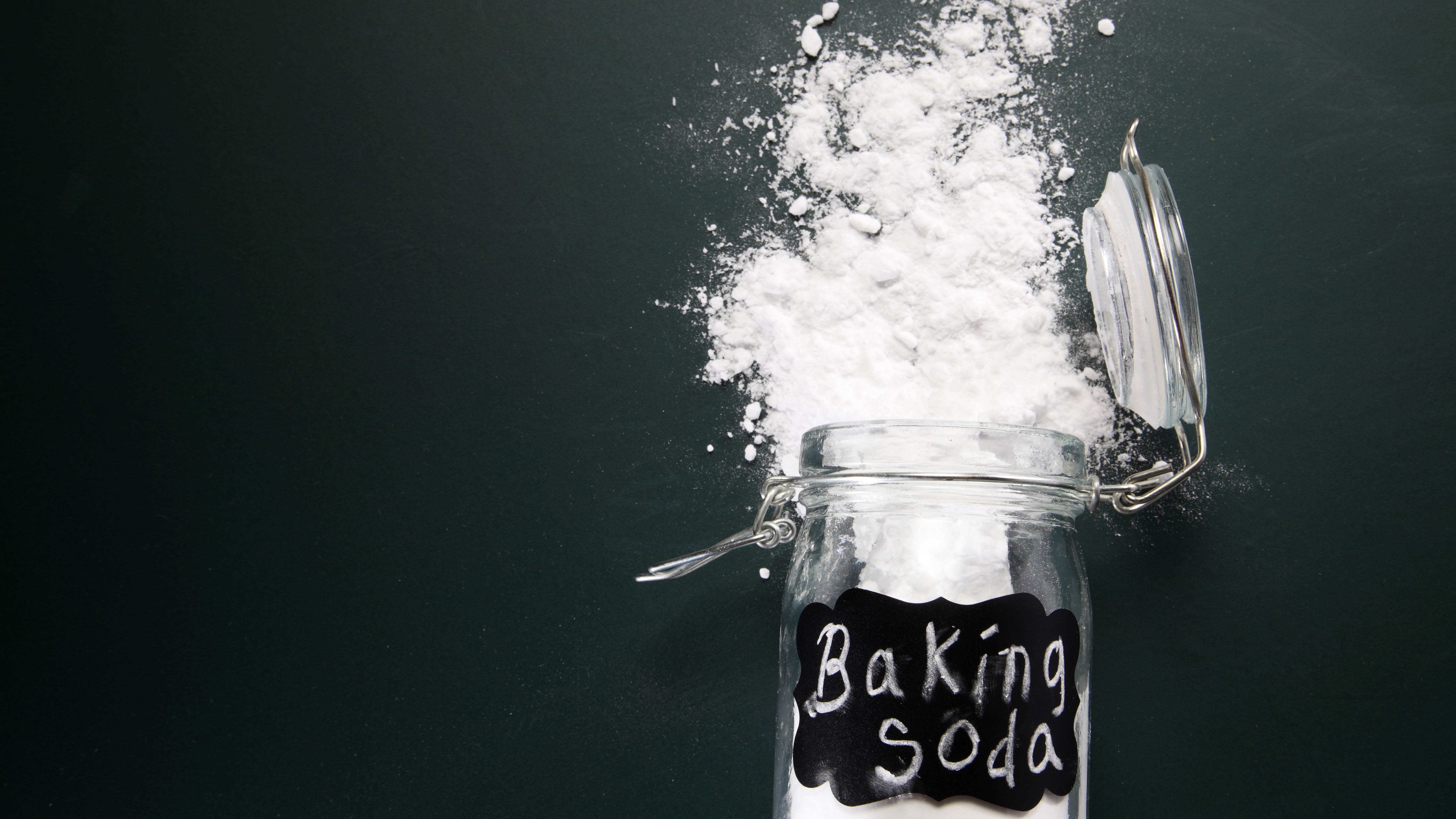
1. Can make a mess in application — Depending on what you’re cleaning, if you’re applying baking soda in its dry form, it can make a mess. This is because it's a powder at the end of the day, which can be dislodged easily, even by a breeze. Once you’re finished with it, you will need to vacuum up the remains as well.
2. Need sufficient amounts to deodorize — When it comes to deodorizing, it’s easy to use up the majority of your baking soda stock just to fill up a bowl. It will last when used as a paste, but if you intend to deodorize, keep in mind that you will go through your baking soda quickly.
3. Elbow grease required — Unfortunately, even as a paste, baking soda is not as strong as the majority of chemical cleaners. It’s an everyday cleaner, much the same as vinegar, so will require elbow grease.
3. There are things you shouldn’t clean — The abrasiveness of baking soda helps with removing stubborn stains, as mentioned earlier. But, it also means it can scratch fragile surfaces during scrubbing, such as glass. That means you should avoid cleaning windows with baking soda. For a full list of areas to avoid, see 7 things you should never clean with baking soda.
Verdict
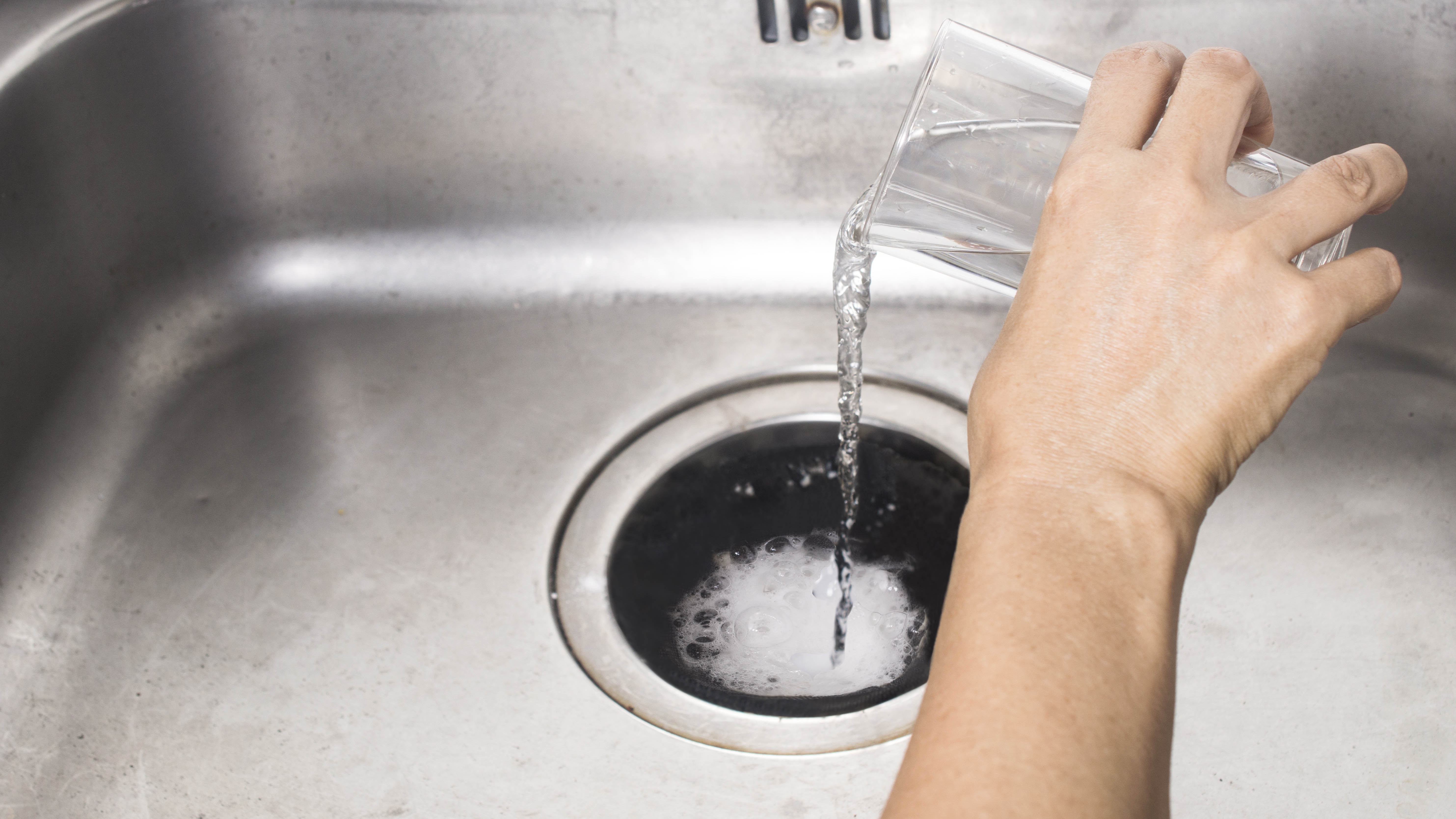
While each of these natural cleaners sit at opposite ends of the pH scale, there are many similarities in performance. Both are versatile products with multiple uses around the home, the effectiveness of which is increased with prolonged exposure. Both are also unsuitable for certain surfaces, because of their potency. The non-toxic nature and affordability makes each a desirable replacement for chemical cleaners too. However, neither has the strength of cleaning you get from the chemical alternatives.
Ultimately, there’s not much difference in terms of power in performance. Both have their own uses around the home, which means the best cleaner will depend on the chore. But, the versatility opens up even more when they’re combined. A chemical reaction occurs where the substance fizzes, and this creates a new way to dissolve grease and residue — that’s what makes baking soda and vinegar so good at cleaning. This reaction is recommended for all the more chores around the home, such as unclogging drains, and removing tough stains from burnt pots and pans. As such, we recommend keeping both products at home, and using them independently or combined as necessary.
More from Tom's Guide

Katie Mortram used to be a Homes Editor for Tom's Guide, where she oversaw everything from kitchen appliances to gardening tools, as well as smart home tech. Specializing in providing expert advice for cleaning and home manintenance, she now works as Household Advice Editor for Good Housekeeping.
